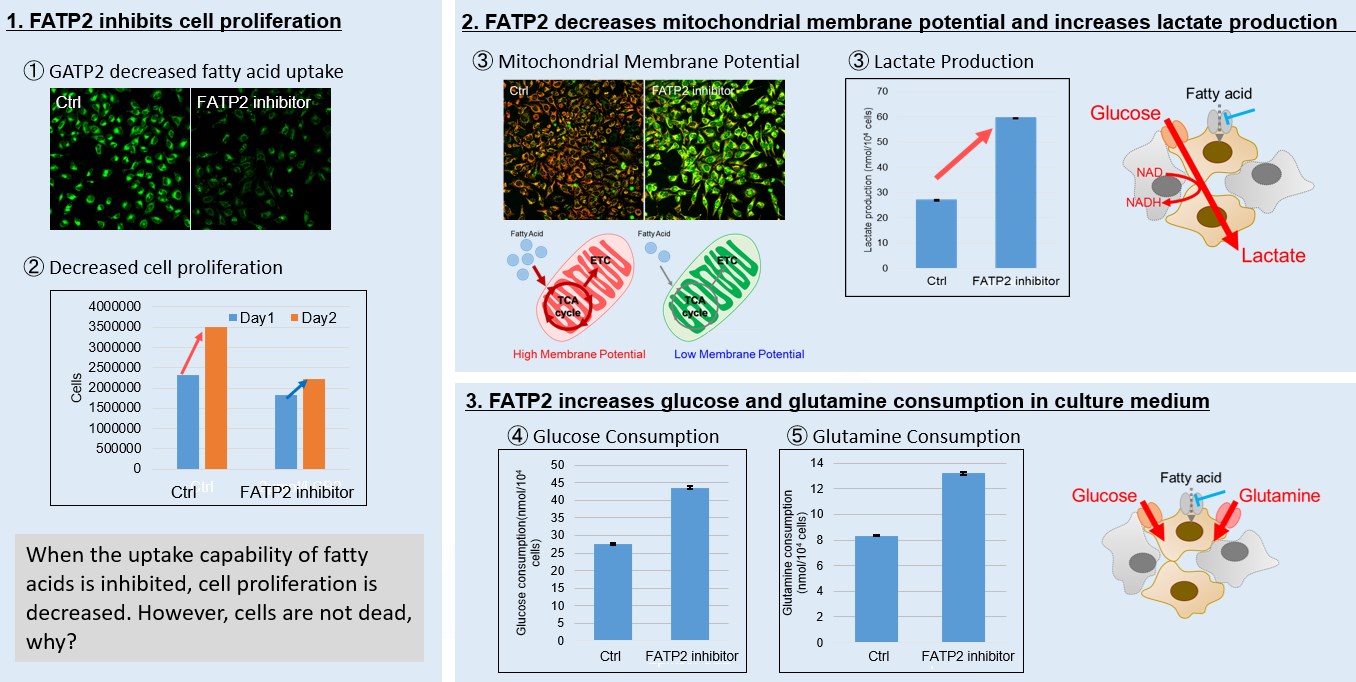|
Scientists have unveiled that the loss of ubiquitin carboxyl-terminal hydrolase L1 (UCHL1; also called PARK5) regarded as an important Parkinson's Disease (PD)-associated gene mitigates the PD-related phenotypes via induction of mitophagy. Remarkably, UCHL1-controlled mitophagy is triggered by the suppression of PKM resulting in the inhibition of glycolysis. This occurs independently of the PINK1-Parkin pathway. The study suggests that comprehensive regulation of glucose metabolism and mitochondrial homeostasis may aid in suppressing the pathogenesis of PD. Learn more about how the authors detect mitophagy with Mitophagy Detection Kit (refer to Figure 2B). |
|
Loss of UCHL1 rescues the defects related to Parkinson’s disease by suppressing glycolysis Point of Interest - Specific glycolytic metabolites are decreased and an energy-dependent mitophagy pathway is induced by inhibition of UCHL1. - UCHL1 plays a critical role in regulating mitophagy independent of the PINK1-Parkin pathway and PKM is the responsible target of UCHL1 in controlling mitophagy and PD pathogenesis. |
| Related Techniques |
|
|
|
|
|
|
| Related Applications |
<Fatty acid starvation induced by uptake inhibitor evoke reprogramming of cellular metabolism > |
Mitochondrial fatty acid β-oxidation and oxidative phosphorylation (OXPHOS) are crucial biochemical processes that metabolize fats and sugars to produce ATP, the cell's primary energy source. In this section, we underscored the significance of fatty acid starvation and energy pathways, with an emphasis on the fatty acid uptake inhibitor, FATP2. Here are the key findings from our experiments conducted on HeLa cells:・Inhibition of fatty acid uptake results in reduced cell proliferation, though it does not lead to cell death. This was determined through the use of a Cell Counting Kit-8 and Fatty Acid Uptake Kit (Image 1). ・Fatty acid starvation shifts cellular metabolism from OXPHOS to glycolysis, as indicated by the Glycolysis/JC-1 MitoMP Assay Kit. (Image 2) ・When fatty acid uptake is inhibited, a compensatory increase in glucose and glutamine uptake occurs to preserve cell viability, as observed using the Glucose Assay Kit and Glutamine Assay Kit. (Image 3)
|
















